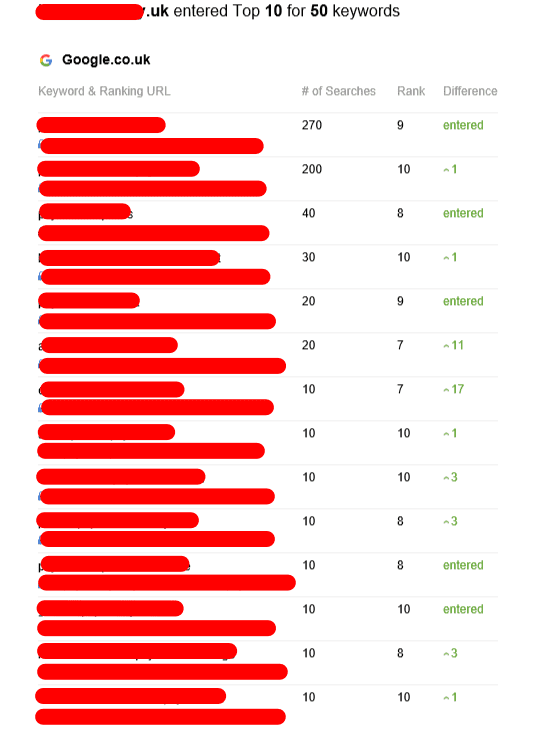Tiered Backlinks Service
Tiered backlinks can be a useful tool in any SEO strategy. They can help you build an impressive profile of backlinks without risking penalties from search engines. It is crucial to know how to use them effectively.
Tier two backlinks come from sources that are moderately trustworthy such as directories, blogs and article networks. At this point the quality and relevance of backlinks are pushed aside in favor of quantity.
First Tier
Tiered link development is an SEO strategy that assists in create a high-quality profile of backlinks for your site. It is a method of replicating what happens when authoritative content is spread across the internet. This is achieved by using a network or pages that endorse the main source and then directing their link juice to a promoted page. This allows you to create a lot of links without any compromise in the quality of the content on your site.

Tier 1 links are the best quality links from a service that offers various levels of backlinks. They should only be placed on reputable websites that are relevant to your field. They should also have high domain authority. This is the most crucial part of your tiered link building campaign, and it can be difficult to obtain. You can make use of tools like Moz, Ahrefs, SEMrush or Loganix DA Checker to verify the domain credibility of potential donors for your Tier 1 links.
Tier 2 is the next step in building tiered linking. Tier 2 links aren't as powerful than the links in Tier 1 However, they can help boost your search engine ranking. You can create Tier 2 links using comments on blogs, forum posts and wikis. This strategy should only be used when it is not against the rules. Also beware of automating.
Second Tier
Tiered link building is a great way to improve the quality of a backlink profile without risking penalties from search engines. However, it can also be a huge time drain. tier 1 link building involves linking to a variety of pages on a website. This is an enormous amount of work. It can take a long time to see results from a tiered link-building campaign. This is because PageRank can take an extended time to get to the website of your choice.
The first stage of your tiered links should comprise of high-quality dofollow links from relevant sites with an excellent domain authority (DA). The benefit of a tier-one backlink is in this stage. It is imperative to use a reputable domain authority checker like Moz, Ahrefs, SEMrush, or Loganix to verify the DA of your tier one backlinks.
You can use profiles on social media sites, un-spammed Q&A websites, and blog networks. This can be social media profiles, non-spammed Q&A websites, and blog networks. Certain SEO practitioners employ automated tools for building links to achieve this goal.
It is crucial that the links you choose for your Tier 2 appear natural. According to Google's Webmaster Guidelines, if a link appears artificial it may be classified as spam and penalized accordingly. This could result in dramatic drop in rankings or the issuance of manual action by Google's human reviewers.
Third Tier
Link building in tiers is a wonderful way to increase the authority of your website. It lets you leverage the gains from low-quality backlinks, while reducing the possibility of being penalized by search engines. This method improves the effectiveness of your SEO efforts because it allows you to purchase links at a lower price. However tiered link building isn't without its disadvantages. It could be risky if you use too many low-quality backlinks and when the links aren't contextually relevant to your site. It is also important to take care not to overdo it when it comes to the number of tiered hyperlinks, as Google will be aware and could penalize your site.
Tier 2 links are typically less trustworthy than tier 1 backlinks. They are designed to boost the authority of the domains that have the original backlinks. These links can be obtained through blog comments, forums, wikis and other Web 2.0 sources. This kind of link is also referred to as "pumping levels." It is essential to make sure that your Tier 2 links are of high-quality and relevant.
Using too many automated tools to create Tier 3 links may violate Google's Webmaster guidelines and result in a manual action. Many optimizers use GSA, Xrumer, and ZennoPoster to automate their Tier 3 link building. Tier 3 links must be built from trustworthy websites and niches. Google will penalize the site when it discovers they are part a link scheme.
Fourth Tier
Tiered link building can be utilized to boost the authority of a site as well as its SEO ranking. It is important to follow Google's guidelines when using this strategy. If you create tier 3 backlinks on low-quality or spammy websites, for instance, it can result in your website losing ranking. If you're acquiring backlinks at a rapid rate, Google may also penalize your website.
To avoid this, you should focus on creating a varied range of tier-one backlinks from reputable sources. For instance, you can include first-tier links in guest blogs as well as link roundups and directories for articles. You can also utilize tier two links to boost the effectiveness of your first-tier backlinks. Tier two links are usually higher quality than third-tier links.
Keep in mind that creating tiers of links requires an enormous amount of work and cash. For example, you'll need to pay for content writers as well as automation tools. You'll also need to track the different tiers to ensure that your marketing is constant. If you don't have the time or resources to dedicate to this strategy, then it's best to outsource it an organization that is specialized in tiered linking building.
